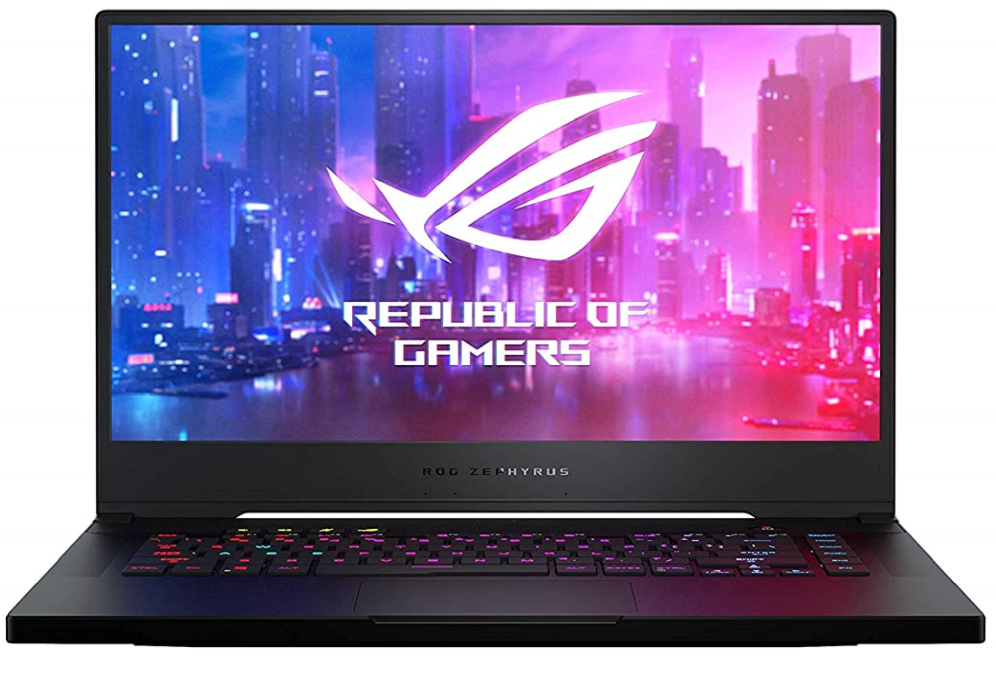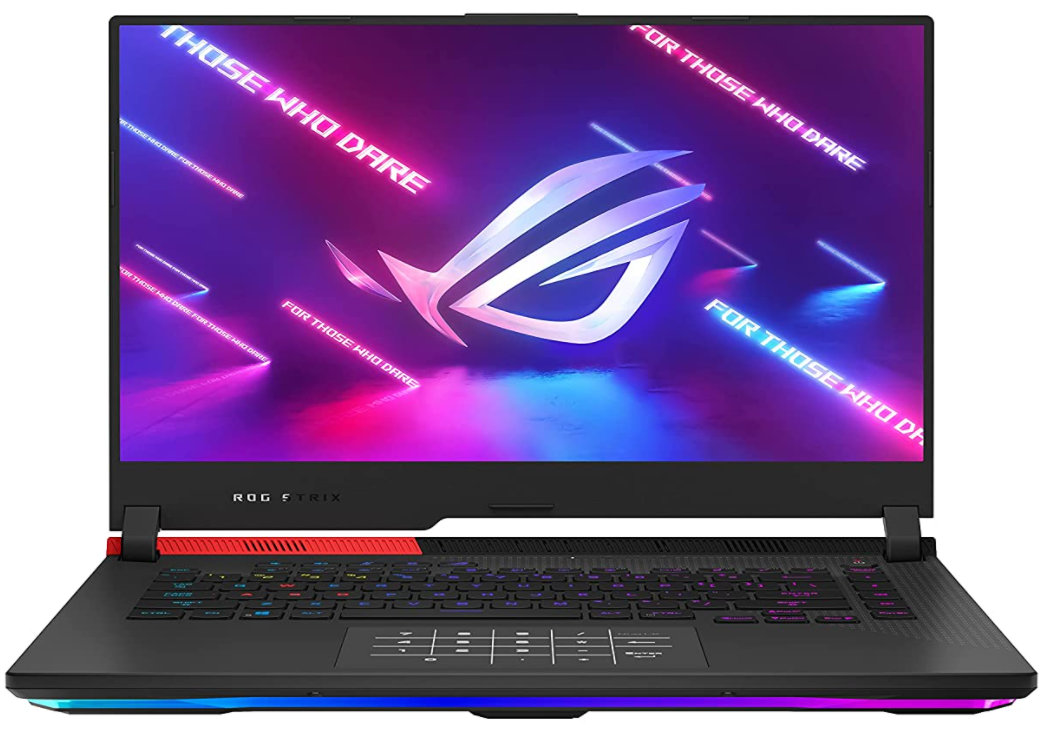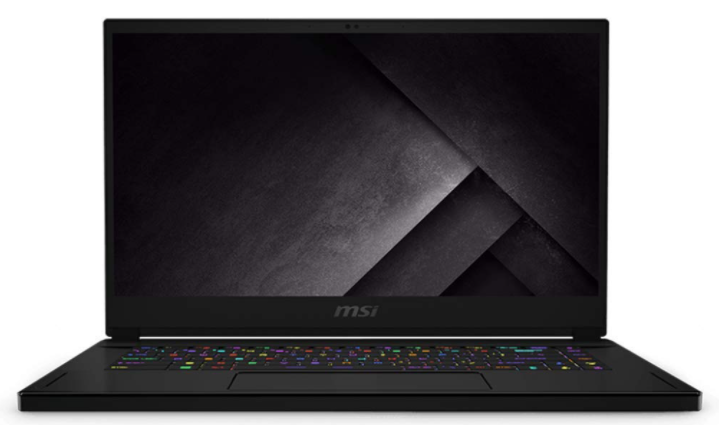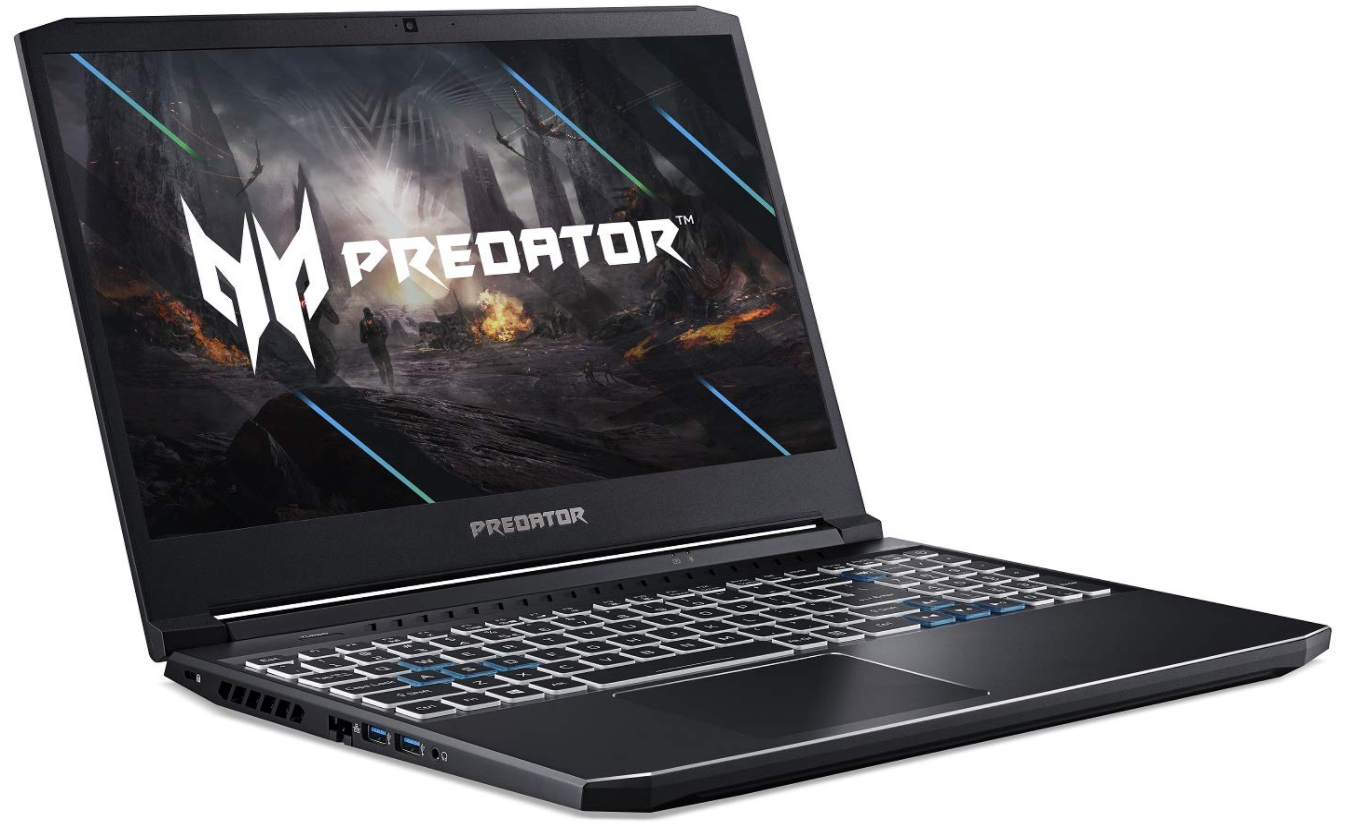If you’re looking for the best laptops for AutoCAD, you’re probably an architect, engineer, or designer who needs a reliable device.
AutoCAD is an extensive, graphically demanding design program. You’ll need a high-quality laptop to run your other software smoothly for AutoCAD.

As a mechanical engineer, product designer, or construction planner, you must have come across the top-of-the-line CAD software AutoCAD.
Despite being one of the oldest computer-aided design tools, it is unrivaled in terms of 3D modeling, 2D or even basic drawing, drafting, annotating, lighting, edge-shaping, and virtually any other type of interface customization.
I’ll talk about the best laptops for AutoCAD in this post. So, which one should you pick? Please read till the end so that you don’t miss anything important!
To assist you in choosing the best laptop for AutoCAD, I’ve compiled a list of the top options for you.
Let’s have an overview of these 5 laptops:
| Image | Product | Detail | Price |
|---|---|---|---|
 | ASUS Zephyrus |
| Check Price |
 | ASUS ROG Strix G15 |
| Check Price |
 | MSI GS66 Stealth |
| Check Price |
 | Alienware M15 R3 |
| Check Price |
 | Acer Predator Helios 300 |
| Check Price |
5 Best Laptops For AutoCAD 2024
Here are the top 5 choices. They are the best goods because they work well, last a long time, and perform excellently.
Let’s find out what makes them so great.
1. ASUS Zephyrus
ASUS Zephyrus

ASUS designed Zephyrus, a more premium alternative to Strix, for those who need a laptop for large-scale modeling tasks.
Zephyrus is designed for top-tier engineers, architects, and mechanical engineers and includes everything a professional needs.
Performance
Even though Zephyrus’ i7 CPU is older than Strix’s, it is just as capable (if not more) of 3D modeling work. To be more specific, CPU-monkey reports that Zephyrus’s i7 has higher CPU mark values.
As a result, despite having 16GB of RAM rather than 32GB, Zephyrus outperforms Strix Zephyrus. On the other hand, it outperforms most laptops on the market in terms of GPU performance.
The Asus RTX 2070 is a high-end graphics card that can easily handle any photorealistic model or 3D project.
This graphics card has 8GB of VRAM, which is helpful for high-end games and massive 3D models with intricate textures.
Display
The best screen on the list belongs to Zephyrus. The Pantone Validated 15.6″ display is fantastic, thanks to its ability to display 100% of the sRGB color gamut and a 3ms reaction time.
Aside from that, this laptop is fragile (18.9 mm) and light (4.4 pounds). This makes it an excellent alternative for a professional who needs a portable device.
2. ASUS ROG Strix G15
ASUS ROG Strix G15

The ASUS ROG Strix G15 is ideal for top-level experts, architects, infrastructure planners, and mechanical designers who need excellent computational power to get the most out of AutoCAD.
CPU
Asus introduces the Intel Core i7-10750H processor, which can handle even the most CPU-intensive 2D and 3D modeling applications.
The ROG Strix G15’s Hexa-Core design and turbo clock speed of up to 5GHz ensure that some of the more fundamental drawing, drafting, database storage, data extraction, 2D annotation, and object stacking tasks are easily handled.
GPU
The GPU is a mighty NVIDIA GeForce RTX 2070, which easily handles photorealistic and 3D rendering.
The GPU’s real-time and powerful Ray-Tracing capabilities and Intel’s Hyper-threading technology allow you to use Mental Ray rendering without issue.
The graphics processing unit is equipped with 8GB of VRAM, allowing it to store and process high-resolution graphics textures easily.
RAM and Storage
While 8GB of video RAM may seem excessive for most users, it comes in handy when working with complex apps like SolidWorks and Ansys.
VRAM could be used in anything involving 3D mesh modeling and visualization.
You get 16GB of system memory, sufficient for executing many datasets and programs simultaneously.
Regarding storage, you’ll have a 1TB PCIe Solid State Drive, which will help you load data, application software, and Windows 10 Home more quickly.
Display
It’s a dream to use AutoCAD on the Pantone-certified 15.6-inch display.
While the present screen has a 1920 x 1080 pixels resolution, the 3ms overdrive reaction time is a great advantage when working with many renders and simple simulations.
The IPS panel also features a nearly 75% screen-to-chassis ratio and an sRGB color gamut of roughly 100%.
Design
The ASUS ROG Strix G15 Thin also has a backlit keyboard, the smoothest trackpad imaginable, powerful speakers, and additional productivity features like a webcam and digital microphones.
The innovative, low-noise cooling design stands out, with anti-dust technology and 17% better airflow than similarly structured gadgets.
3. MSI GS66 Stealth
MSI GS66 Stealth

DESPITE ITS HIGHER PRICE TAG, the MSI GS66 Stealth is a high-end laptop that lives up to expectations thanks to its powerful processor and unique design elements.
CPU
An Intel Core i7-10750H CPU powers the device with six functional cores and a turbo rate of 5GHz.
The current processing setup may handle even more complex 2D and 3D modeling, drawing, designing, and prototyping.
GPU
The NVIDIA GeForce RTX 2070 GPU, which has 8GB VRAM, is also a formidable addition.
The current setup allows you to work on more graphically demanding 3D projects without experiencing performance concerns.
RAM and Storage
This AutoCAD laptop is equipped with 16GB of DDR4 dual-channel RAM.
While the allocated RAM is sufficient to handle larger files and data sets without difficulty for instant CPU usage, you also get a 1TB NVMe solid-state drive to speed up the Windows 10 OS and file loading speeds.
Display
Regarding mesh modeling and drawing, the 15.6-inch display comes in handy in addition to a full HD panel with 1920 x 1080 pixels.
MSI also has anti-glare features to reduce eye strain.
The 3ms response speed and 240Hz refresh rate benefit simulations, renderings, and games like Fortnite, World of Warcraft, PUBG, LOL, and Civ 6.
Design and Keyboard
Among the other productivity features are a backlit keyboard, silky smooth touchpad, integrated cameras, and a robust set of speakers with audio boost and greater fidelity.
The outstanding variety of thermal gear, which includes the Cooler Boost technology and the unique Whirlwind fans, stands out.
Also, Read:
4. Alienware M15 R3
Alienware M15 R3

The new Alienware M15 R3 is one of the more capable gaming laptops on the market, and it also serves as a useful productivity tool.
While the device has many features, the AlienFX UI and creative control center will justify your preference for AutoCAD and 3ds Max for all your 2D and 3D drafting, rendering, and prototyping needs.
CPU
The Intel Core i7-10750H SoC is first up, with partial overclocking and a Hexa-Core architecture.
With six cores, any basic or complex AutoCAD application, such as 2D text modification, data matching from spreadsheets, dynamic blocks for prototyping, and setting geographical locations, is possible.
Furthermore, the Intel H-series chipset can turbo to 5.1GHz, allowing the laptop to maintain outstanding CPU-intensive performance for longer periods.
GPU
NVIDIA’s GeForce RTX 2060 GPU is a useful upgrade for CAD professionals.
The Ray Tracing compatibility of the concerned GPU takes care of every professional requirement, whether importing civil 3D models or envisioning Mental Ray rendering.
Furthermore, the 6GB VRAM included with this consumer-grade GPU is useful when dealing with more complex textures during 3D drawing, modeling, or rendering.
RAM and Storage
Regarding memory, this CAD computer has 16GB of RAM, which is ideal for working with massive datasets, spreadsheets, 3D files, and prototypes.
Storage requirements are met by the 512GB PCIe SSD, which has fast data and file rendering rates. You get the Windows 10 Home edition out of the box regarding software.
Display
The Alienware M15’s display is fascinating and complements all your professional pleasures, thanks to a 72% NTSC color gamut and a respectable response time of 25 milliseconds.
The 15.6-inch screen has a display resolution of 1920 x 1080 pixels, which is helpful if you want to see 2D and 3D drawings in the most accurate tone possible.
Design and Keyboard
DELL ensures no shortage of productivity-enhancing features, such as a sturdy keyboard with Per-Key RGB backlighting, anti-ghosting support, and a reasonable 1.7mm travel.
At the helm is a high-end precision touchpad, followed by a strong webcam further enhanced by Tobii’s’ Eye-tracking technology.
5. Acer Predator Helios 30
Acer Predator Helios 30

CAD pros must achieve the right balance between the featured CPU and the dedicated GPU.
The Acer Predator Helios 300 is one of those notebooks that pack a lot of processing power into a small package, thanks to a high-end CPU and a fantastic gaming-focused GPU, all at a reasonable price.
CPU
The Intel Core i7-10750H chipset is among the best in its price range. It enables the Predator Helios 300 to perform basic data transfer, data extraction, layout viewports, and even more complex processes such as 2D regeneration and photorealistic rendering.
This capable chipset boasts durability and higher performance, with a turbo clock speed of up to 4.5GHz.
GPU
The NVIDIA GeForce RTX 2060, based on the Turing architecture, provides graphics support.
Despite being hailed as the near-perfect gaming-centric GPU at 1080p, thanks to 6GB of Video RAM, this processing unit is a valuable AutoCAD resource due to more CUDA cores, faster clock speeds, external display pairing capabilities, and class-leading cooling solutions.
RAM and Storage
The computer has 16GB of RAM, which is more than enough for loading and working simultaneously with multiple datasheets and interfaces.
Regarding storage, a 512GB NVMe SSD is installed, allowing for speedier Windows 10 OS and app loading.
Display
A designer or skilled CAD artist will appreciate the 15.6-inch 1080p display’s widescreen viewing capabilities.
The 300-nit screen brightness and a 72% NTSC color gamut improve visual clarity, making it ideal for watching movies.
Above all, Acer boasts a 3ms overdrive reaction time and a 144Hz screen refresh rate, which are helpful for simulations and rendering.
Design and Keyboard
A robust backlit keyboard, a smooth touchpad, an integrated webcam, and working microphones are all included in the Predator Helios 300.
Acer’s excellent acoustic setup, with strong speakers featuring True Harmony audio technology, MaxxAudio support, and other advanced features.
What is AutoCAD?
AutoCAD is an extremely powerful professional design, drawing, and drafting program for architects, city planners, and engineers.
The software, among other things, can generate 2D and 3D formats, drawings, and models for items and software applications.
It instead aids in photorealistic and Mental Ray rendering, 3D navigation, 2D regeneration, and database item storage.
AutoCAD 3D
Examples are AutoCAD Civil 3D, AutoCAD Architecture, or just AutoCAD with 3D models. If you have a laptop capable of running AutoCAD 3D, you can also run SketchUp, Solidworks, Revit, and 3DS Max*.
Any CAD software can be used in 2D mode. To run larger projects with all other applications, such as 3DS Max, I recommend a laptop with at least a GTX 1060/2060RTX.
1. Small projects: Students enrolled in standard AutoCAD sessions as undergrads (mostly). Typically, 300 pieces are used.
2. Medium-sized projects: Individuals taking an Autocad class outside of school or who aim to use AutoCAD for “individual clients” +500 part assemblies and +2000 part projects are rare.
3. Large projects: Engineers working for companies interested in collaborative initiatives are involved in significant 3D designs with many polygons/parts that may be included in these projects. 5000 components on numerous sheets, for example.
AutoCAD 2D
Regular AutoCAD can handle 2D and 3D models if you’re an electrical/chemical engineer or creating contour maps. The specifications are the same as those in the table below’s “small projects” column.
With these requirements, you’ll be able to run tools like StadPro and MatLab, as well as anything else that doesn’t require you to view* a model in 3D.
System Requirements For Running AutoCAD
While Autodesk i.e. the AutoCAD publisher’s minimum and recommended system requirements, may change, our experts have highlighted feature preferences to ensure optimal performance levels at the best feasible setup.
| Minimum System Requirements | Recommended System Requirements | |
| CPU | 7th Gen Intel Core i5 | 9th Gen Intel Core i7 |
| RAM | 8GB | 16GB |
| Storage | 256GB SSD | 512GB SSD or more |
| Display | 15.6-inch HD (1366 x 768) | 15.6-inch FHD IPS (1920 x 1080) |
| Graphics | 2GB NVIDIA GeForce MX350 | 4GB NVIDIA GeForce GTX 1650 |
| Battery | Up to 4 hours | Up to 7 hours |
How to Choose the Right Laptop for AutoCAD?
It isn’t easy to select the best laptop for your AutoCAD projects. The most important factors are your level of skill and the types of models you build.
To be more specific, all laptops with a dedicated graphics card can run the most recent Autodesk modeling software without a hitch. Unfortunately, this is not the case.
AutoCAD’s needs depend on the project size you’re working on.
Processor & GPU
Most AutoCAD projects are tiny, and they are generated mainly by people new to 3D modeling (for example, a student in architecture or archaeology).
An entry-level dedicated GPU is enough for a simple model with basic 2D or 3D graphics to handle model development, rendering, export, and other functions.
As a result, laptops with graphics cards like the GTX 1650 (or greater) are a good choice for novices because they are affordable and run AutoCAD smoothly.
Although the GTX 1650 can handle more demanding activities (such as photogrammetry with Agisoft Photoscan or complex modeling with 3ds Max and Maya), you should consider upgrading your other components.
RAM
Those who have worked on photogrammetric or complex 3D projects know that 8GB of RAM corresponds to several hours spent waiting for the computer to render the model.
If you’re a more skilled designer, you’ll want to choose a laptop with at least 16GB of RAM and a powerful processor (i7 or higher, for example).
Quick Links:
- Best Laptops For Drawing
- Best Laptops Under $700
- Best Laptops for Solidworks
- Best Laptops for Game Development
- 15 Best Laptops for Bloggers and Writers
Conclusion: Best Laptops For AutoCAD 2024
The best laptops for Autocad have been evaluated and are meant to suit your requirements for CAD-related work such as floor plans, sculptures, mapping roads, experimental art, and much more.
Top-level professionals, such as skilled engineers, require the best laptops available. GPUs like the RTX 2070 are the only way to handle this job.
If you frequently deal with designing mechanical parts or processes like prototyping and wireframing, an ASUS Zephyrus is the machine for you.
